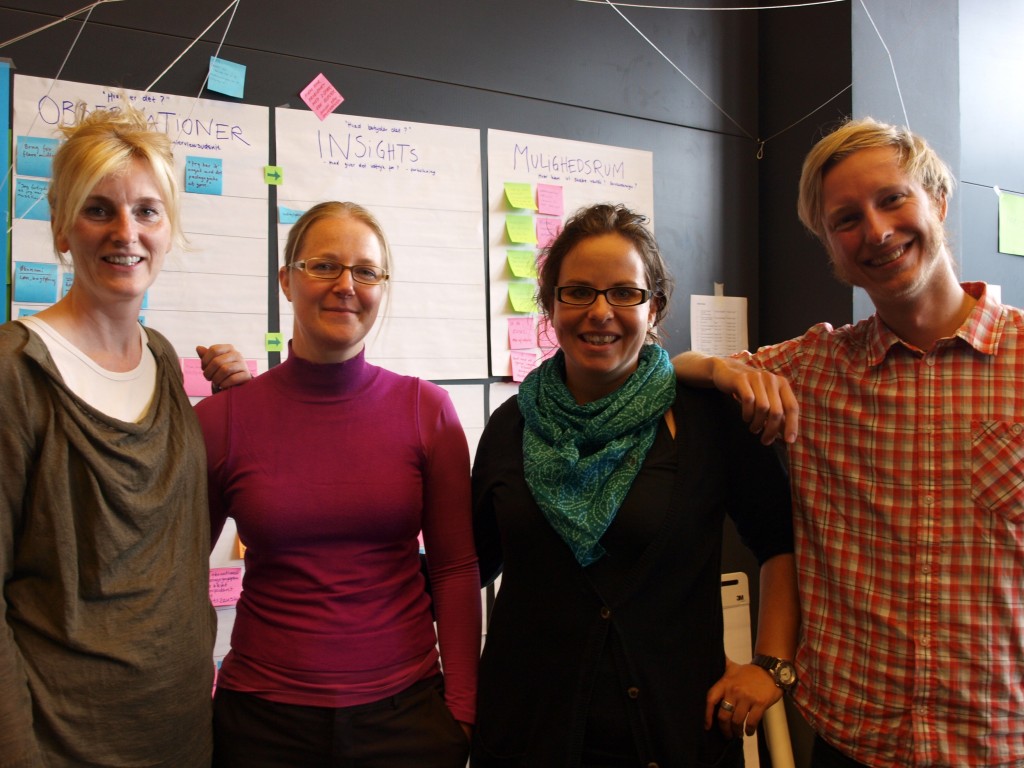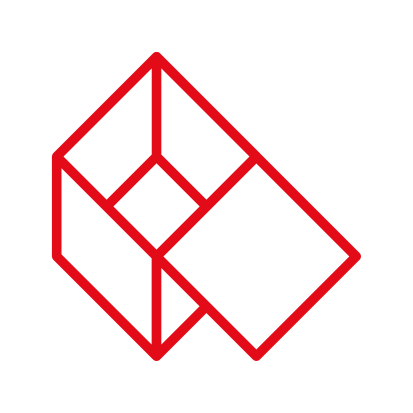There are many different suggestions on what makes a team innovative. In order to create innovative teams, a common approach is to look at the composition of the group. In extension of this, two different approaches are primarily used:
- Tests
Following this approach, the participants are tested in order for the group to achieve the optimal composition of members. Such tests are not actual personality tests, but rather based on peoples’ preferences – if possible linked to the competences and characteristics that are visible during the innovation process (originality, adaption etc.).Examples of such tests are Belbin, Myers-Briggs Type Indicator (MBTI), Herman Brain Dominance Instrument (HBDI) - Roles
Another common approach is to use different roles where the main idea is that everyone is capable of stepping in and out of these different roles, depending on how far you are in the process and what you find necessary and relevant. Besides this, the usage of roles can prevent categorisations and labeling of the participants. Everyone should be capable of learning how to take on the different roles, practise them and not least learn something from the other team members’ ability to take on a relevant role. As such this approach depends on the individual’s personality and preferences, as some roles are easier and feel more natural to some people than others.The book The Ten Faces of Innovation (Tom Kelley) describes examples of how to use roles.
Besides roles and tests, a number of other factors play a part in relation to the composition of group members:
- Gender
- Disciplinary/academic background
- Personal interests
- Work experience


